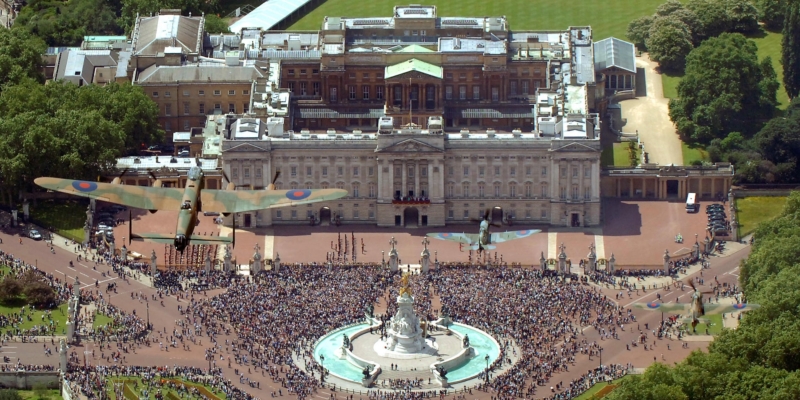London
Planning a flypast fit for The Queen
1 June 2022When we were asked by our colleagues at RAF 78 Squadron, based in our Swanwick centre, to support a flypast over London to help mark The Queen’s Platinum Jubilee, how could we possibly refuse? So just how do we plan a flypast in some of the UK’s busiest airspace?
An International Affair – how NATS helps showcase global design
17 September 2018Now in its 16th year, The London Design Festival is a truly international affair. A creative celebration that brings together designers, architects and exhibitors from across the globe to showcase their latest designs, it is world-renown and the highlight of the year for many in the industry
Test Match Special – Howzat for a Prize!
30 July 2018For the next 11 Mondays we’ll be asking a new airspace related question – bowl us over with the right answer and you could be one of two lucky winners walking away with £250 each. This week’s question has been inspired by the upcoming test match…
How do you squeeze a flying armada of one hundred aircraft of various vintages in and out of the world’s most complex piece of airspace? That was the question we were posed last year when the RAF asked us work with them on their 100th anniversary flypast.
The closure of Gatwick airport’s runway on Sunday, as a result of a drone flying in the way of arriving aircraft, has prompted further debate about how we deal with the growing number of drones in the skies….
Listening Squawk, Monitor Code or Frequency Monitor Code? Here’s the lowdown on how and when to use them…
7 July 2017Frequency Monitor Codes (FMCs) have now been in use in the UK for over 10 years and they’ve collected a range of names during that time such as Listening Squawks and Monitor Codes but they are all actually referring to the same thing.
Pilots are encouraged to use a FMC when they are flying outside controlled airspace, but close to controlled airspace boundaries, in order to increase situational awareness and help to combat infringements.
Aviation in the community
24 March 2016In March easyJet invited friends and family into their HQ at London Luton Airport to give them a behind the scenes look into the world of aviation. It’s an important occasion where guests get an insight into what goes on behind closed hangar and cockpit doors.
With this summer expected to be the busiest ever recorded London Luton Airport has estimated that the financial contribution from the airport to the Three Counties economy will almost double from the current £732 million to a massive £1.4 billion, something that NATS is proud to be playing a key role in delivering.
All kinds of aircraft travel through UK airspace – from huge commercial planes to small helicopters – all of which have to be carefully integrated and managed. This is particularly true of the busy skies over London, which has a skyline that continues to grow outwards and upwards.
As one of the main London airports, Luton has a steady departing and arriving flow of commuter and holiday traffic as would be expected. What is less well known is the scale of the business aviation operation at Luton – which accounts for almost 30 per cent of the total air traffic movements each year.









